Have you ever wondered how you could enhance your platform’s digital experience? DXP(digital experience platform) space, making it a tough decision to select the ideal option for your business. Sitecore and AEM are two top contenders in the market for appropriate reasons. They both have the capability to help the organization manage its high volume of content.
Though, most of the users often have query Sitecore Vs. Adobe experience manager, which one to choose from for their data management and for a better digital experience. If you’re also facing the same, you are at the right article in this, we will provide you the information you need to make an informed decision.
Market Share of AEM Vs. Sitecore
- There are approximately 129,054 websites available in the market using Adobe experience manager, with 33,446 live sites.
- There are approximately 115,853 websites available in the market using Sitecore, with 11,586 live sites.
- Adobe Experience Manager is leading in the Top 10k, 100k, 1M, and the entire web.
- There are only 5,052 websites live in the US using Sitecore.
- AEM is leading in most countries, including the US, Germany, the UK, Japan, and 140 other companies. While Sitecore CMS is leading in the Netherlands, Denmark, UAE, Norway, and 9 others.
What is Adobe Experience Manager (AEM)?
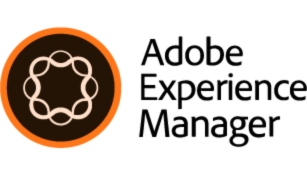
Adobe Experience Manager is a content and digital asset management application that allows organizations to create, manage and deliver content across every digital touchpoint. This comprehensive content management solution streamlines the process of managing content assets. You can manage documents, images, videos, PDFs, online forms, and more.
Built on Adobe Cloud technology, AEM helps you easily access and use assets from anywhere to support your digital experience without the complexity of networking protocols. Adobe Experience Manager changes the way you operate online. With AEM, you can quickly publish a customer-facing website, a social page where customers can interact with your brand, or a blog where customers can find a wealth of content related to your business.
Whether you’re building websites or mobile apps, Adobe Experience Manager is ideal for automating your content strategy to create consistent, engaging customer experiences that drive growth.
Why Enterprises Opt for an Adobe Experience Manager?
Here are some AEM features that one should choose it for the CMS integration.
1. Enhancing the Experience of Asset Management
AEM (Adobe Experience Manager) enables you to create personalized versions of your assets, seamlessly integrating with Creative Cloud to optimize workflows. Additionally, it facilitates cloud-based property management, delivers customized experiences, and automatically assigns metadata and tags to all assets. Build-in DAM
(Digital Asset Management) is present in the system to manage your visual assets on the cloud.
2. Dig Deeper With AI-Powered Scalability
To empower marketers to create impactful customer connections, there is a need to eliminate tedious tasks and repetitive work. Leveraging the artificial intelligence (AI) and machine learning capabilities of Adobe Sensei, data analysis of customer preferences and behaviors is conducted to assist in selecting the optimal experience at every stage of the customer journey. This allows marketers to focus on the creative aspects of their work while relying on AI for other tasks.
3. Make the Personalized Solution Delightful
Irrespective of the abundance of content available, its effectiveness is limited unless it is personalized and engaging. We specialize in assisting companies in delivering tailored and experiences through various channels such as web, mobile, single-page applications, in-venue screens, and IoT devices. By utilizing analytics and machine learning, you can have the assurance that your content will promptly adapt to meet customer expectations, ensuring that each interaction is on point and delivered at the right moment.
4. Web Content Management Lays the Foundation
To reach multiple people and showcase the work of multiple channels and devices, the brands and companies produce the most content than ever before. For the digital experience platform, the AEM is Gartner’s magic quadrant as they understand all the competitive edge. And from the moment, start setting up your site with the appropriate templates, flexible developer tools, and headless architecture. The use of a cloud manager can help to deploy, test feature and update automatically.
5. Cross-Channel Content
To keep pace with customers’ fast-paced journeys, there is a need to avoid manually generating content for each interaction. Cross-channel content enables reaching out to customers through web and mobile platforms and through single-page applications, IoT devices, and in-venue screens effortlessly. Headless and hybrid CMS options allow marketers and developers to collaborate simultaneously, granting more autonomy to both parties.

What is Sitecore?
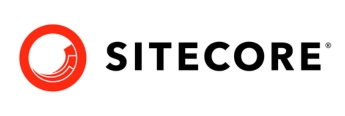
Sitecore is a leading digital experience software used by enterprises globally to create personalized and seamless digital experiences. It is an integrated platform powered by .net CMS, commerce, and digital marketing tools.
As it is a .NET based, it makes go-to platform for Microsoft- focused companies with developers who are already comfortable with .NET. Furthermore, it enables seamless integration with third-party software by utilizing the API-based xConnect service layer, which provides the utmost flexibility and scalability. It is available as a PaaS or SaaS, enabling enterprises to scale without worrying about external servers and reducing the need to host data on-premises.
Why Enterprises Opt for Sitecore?
Here are some basic features of Sitecore and why enterprises should go for it’s CMS integration.
1. Personalized Customer Data
Sitecore allows enterprises to gather and leverage personalized customer data. Across numerous digital touchpoints, it monitors and analyses user behavior, preferences, and interactions. By using this information to build thorough customer profiles, businesses are able to provide each user with a unique experience, tailored content, and helpful recommendations.
2. Sitecore Experience Profile
The Sitecore Experience Profile offers a thorough overview of every consumer interaction and level of website involvement. It records information on visited pages, downloaded files, completed forms, and interactions with campaigns. Organizations can adapt future interactions and improve the entire customer experience by using this profile to better understand the preferences, interests, and needs of their customers.
3. Sitecore xConnect
A strong feature called Sitecore xConnect makes it possible to collect client data from numerous online and offline sources. For storing and managing consumer interactions, behaviors, and preferences, it serves as a central repository. Through the use of xConnect, businesses can combine customer data from many channels and systems, creating a comprehensive picture of customer journeys and enabling individualized experiences.
4. Interacted Omnichannel Campaigns
Sitecore facilitates omnichannel marketing campaigns where interactions and data are seamlessly shared across different channels. This means that a customer’s engagement with a campaign in one channel can be used to personalize their experience in another channel.
5. Multi-Language Support
Enterprises can manage content and deliver experiences in various languages thanks to Sitecore’s robust multi-language support. Businesses that operate in international markets or cater to a wide range of audiences may find this capability to be especially useful. The content management system from Sitecore has features for localizing and translating material to make sure the proper message is conveyed to the right audience in their native tongue.
Sitecore vs. AEM: A Comparison to Choose the Best
| Features | Adobe Experience Manager | Sitecore |
|---|---|---|
| Content Management | Robust CMS with powerful authoring and collaboration capabilities | Powerful content management system with user-friendly interface |
| Personalization | Offers advanced personalization and targeting features | Provides strong personalization capabilities |
| Digital Marketing | Comprehensive digital marketing suite with integrated tools(Adobe Sensei GenAI, Adobe Firefly with Adobe Express) | Offers a comprehensive set of digital marketing capabilities |
| Technologies | • Source code: Open Source • Web framework: Apache Sling • Programming language: Java • Database server: Java Content Repository, which supports a variety of data storage types | • Source code: Commercial • Web framework: Microsoft ASP.NET • Programming language: C# • Database server: MS SQL |
| Marketing Suite | Adobe Experience Cloud | – |
| Multichannel Delivery | Supports multichannel delivery across websites, mobile apps, and more | Allows consistent experiences across multiple channels |
| Scalability | A scalable platform capable of handling high volumes of content and traffic | Known for its scalability and performance |
| Integration | Integrates with Adobe Marketing Cloud and other Adobe products | Provides integration capabilities with various systems and technologies |
| Developer Community | Has a large and active developer community | Boasts a strong developer community and supports ecosystem |
| Flagship Products | Photoshop, Illustrator, InDesign, Premiere Pro | Sitecore Experience Platform (XP) |
The specific features and capabilities may vary based on the versions and editions of the software. This table provides a general overview to help you compare Adobe Experience Manager and Sitecore.

Cost of Ownership
Here are some categories on which Sitecore vs. Adobe experience manager pricing.
| Category | AEM | Sitecore |
|---|---|---|
| License Costs | • Adobe Experience Manager costs: Standard pricing starts at $30,000/year. • AEM Sites: Starts at $60,000 per year. • AEM Forms: Starts at $80,000 per year. | • Sitecore Experience Platform: Starts at $40,000 per year. • Sitecore Content Hub: Starts at $25,000 per year. |
| Implementation and Customization | • Custom development, integrations, and design work may incur additional costs. • Professional services fees typically range from $100,000 to $500,000 and beyond. | • Professional services fees typically range from $65,000 and beyond. |
| Training and Support | • Annual support fees can range from 15% to 25% of the license cost. • Additional costs for technical support packages and consulting services may apply. | • Annual support fees can range from 20% to 25% of the license cost. • Additional costs for technical support packages and consulting services may apply. |
“As per Gartner’s ratings according to different criteria, the AEM is rated as 4.3 / 5 stars, and the Sitecore lags behind with a 4.1 / 5 rating”
Why Choose AEM Over Sitecore? Getting to A Coherent Platform?
When considering the choice between Adobe Experience Manager (AEM) and Sitecore, there are several points to consider. Here are some reasons why you might choose AEM over Sitecore.
1. Comprehensive Digital Experience Platform
AEM is a comprehensive platform for creating, managing, and delivering digital experiences across various channels. It offers a wide array of features and capabilities, including content management, digital asset management, personalization, campaign management, and more. With its extensive range of tools, AEM enables seamless integration and a unified approach to delivering digital experiences.
2. Scalability and Performance
AEM is recognized for its ability to scale and deliver strong performance, making it a suitable choice for organizations with extensive and intricate digital environments. It can effectively handle high volumes of traffic, complex content structures, and demanding workflows, ensuring seamless operations as your digital presence expands.
3. Extensibility and Customization
AEM offers a flexible and adaptable architecture that empowers developers and administrators to customize and enhance its functionality according to specific business needs. It facilitates the development of custom components, workflows, integrations, and extensions, enabling organizations to tailor the platform to their unique requirements. This flexibility allows for a highly personalized and customized digital experience.
4. Integration Capabilities
AEM seamlessly integrates with other Adobe Experience Cloud products, including Adobe Analytics, Adobe Target, and Adobe Campaign. This smooth integration empowers organizations to harness a comprehensive suite of tools and create consistent experiences across various touchpoints. Furthermore, AEM supports integration with third-party systems and APIs, ensuring adaptability to existing IT ecosystems. This interoperability enhances the overall capabilities and flexibility of AEM as a digital experience platform.
5. Content Authoring and Multichannel Delivery
AEM offers a user-friendly interface designed to empower content authors in easily create and manage content. With its drag-and-drop functionality, intuitive editing tools, and in-context preview options, AEM enhances the authoring experience and simplifies the content creation process. Additionally, AEM enables multichannel delivery, enabling you to publish content to websites, mobile apps, social media platforms, and other channels seamlessly from a single platform. This ensures consistent and efficient content distribution across various digital touchpoints.
6. Robust Digital Asset Management
AEM includes robust digital asset management capabilities, enabling organizations to effectively organize, store, search, and distribute digital assets. It offers comprehensive features such as rich metadata management, version control, and asset workflow, facilitating efficient collaboration among teams and ensuring consistent brand representation across different digital touchpoints. With AEM’s digital asset management capabilities, organizations can streamline their asset management processes and enhance their overall digital experience delivery.
7. Enterprise-Grade Security and Compliance
AEM places a strong emphasis on security and compliance, especially for large enterprises. It provides a range of features including access controls, user permissions, encryption, and auditing to ensure the protection of data. AEM also adheres to industry standards and regulations like GDPR and HIPAA, enabling organizations to maintain compliance in their digital operations. By prioritizing security and compliance, AEM offers a reliable platform for large enterprises to safeguard their data and meet regulatory requirements.
The choice of the AEM and Sitecore ultimately depends upon the budget, business needs, and existing technology stack. It is recommended to evaluate both the platforms based on the needs and the requirement of your organization.
Upcoming Trends in The CMS Landscape
These are some of the CMS trends to look in 2023. By keeping these trends in mind, businesses can ensure that their CMS solution is up to date and meets the changing needs of their users.
1. AI and Machine Learning
AI and machine learning technologies are increasingly being integrated into CMS platforms. These technologies can automate content creation, personalize user experiences, analyze data for insights, and enhance content recommendations. AI-powered chatbots and virtual assistants are also becoming popular for better customer support.
2. Cloud-Based CMS
Cloud-based CMS solutions are gaining popularity due to their scalability, flexibility, and ease of use. With the help of cloud-based CMS businesses can easily scale their content management needs up or down depending on the demand, eliminating the need for on-premises infrastructure. The platforms also offer seamless collaboration, easier updates, and improved accessibility.
3. Headless CMS
Headless CMS decouples the content management backend from the frontend presentation layer. It allows content to be created and stored separately from the website or application where it is displayed. This approach enables greater flexibility in delivering content across multiple channels and devices, including websites, mobile apps, IoT devices, and more.
4. Voice Search Optimization
With the rise of voice-enabled devices and virtual assistants like Siri, Alexa, and Google Assistant, voice search optimization is becoming crucial for CMS platforms. CMS systems are being designed to optimize content for voice queries, ensuring that the websites and applications are voice-friendly and can provide accurate responses according to voice-based search queries.
5. Progressive Web Apps(PWA)
PWAs are web applications that combine the best features of websites and native mobile apps. They offer a seamless user experience, offline functionality, and push notifications. CMS platforms are focused on supporting PWA development by providing tools and features to create and manage PWAs easily. The future PWAs will focus on delivering personalized experiences based on user preferences, behavior, and context.
6. Modular Design
It is the design approach that emphasizes using modular components that can be easily combined and reused. CMS development can simplify the process of creating and administering complex websites by dividing complicated websites into smaller, more manageable components and modular designs.
7. GPT
As the demand for GPT is increasing day by day, it seems that the CMS will also include it as a feature to enhance the functionality of the platform. It can help in better assistance wherever the user gets stuck in the process, they can ask for virtual help using this feature.
How Emizentech Can Assist You in Your CMS Journey?
Emizentech, as a leading AEM implementation and integration company, can help you in various ways to increase your CMS capabilities by integrating and implementing AEM in your system. Here are some best services we offer for implementation which can benefit in your CMS journey.
| Implementation Service We Offer | AEM Integrations Service We Offer |
|---|---|
| AEM Assessment and Upgrades | AEM integration with Third Party Services |
| AEM Migration | AEM Integration with Salesforce |
| AEM support and Maintenance | AEM Integration with Adobe Target |
| AEM Optimization & Performance | AEM Integration with Adobe Campaign |
| AEM implementation Issues | AEM Integration with Adobe Analytics |
| AEM Services Needs | AEM Integration with Adobe Learning Manager |
| Configuring link tracking for Adobe Analytics | |
| Connecting to Adobe Analytics and Creating Frameworks |
If you are facing any confusion in choosing which service to opt for integration or implementation, our team of experts are available 24*7 for your help. You can schedule a meeting and get your doubts cleared to make an appropriate and focused decision.
Conclusion
When comparing AEM (Adobe Experience Manager) vs. Sitecore, both platforms offer powerful features for managing digital experiences and content. AEM excels in integrating with Creative Cloud, enabling seamless workflows and personalized asset variants. It also provides cloud-based property management and automated metadata assignment. On the other hand, Sitecore offers advanced personalization, multichannel marketing automation, robust analytics, and reporting capabilities. It boasts scalability, enterprise-level security, and a developer-friendly environment. Ultimately, the choice between AEM and Sitecore depends on specific business requirements, priorities, and the desired digital experience goals.

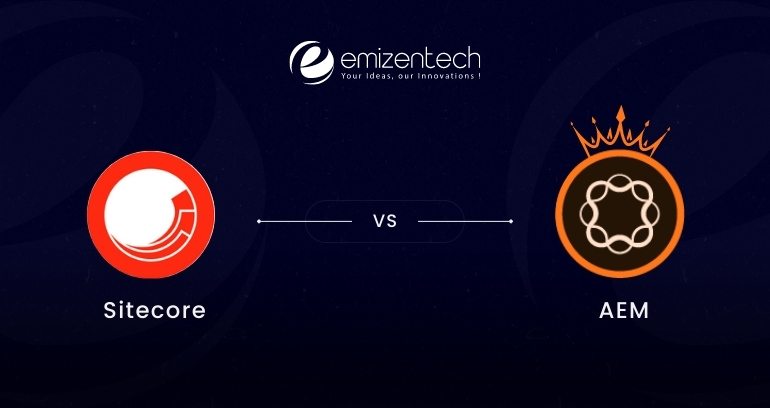


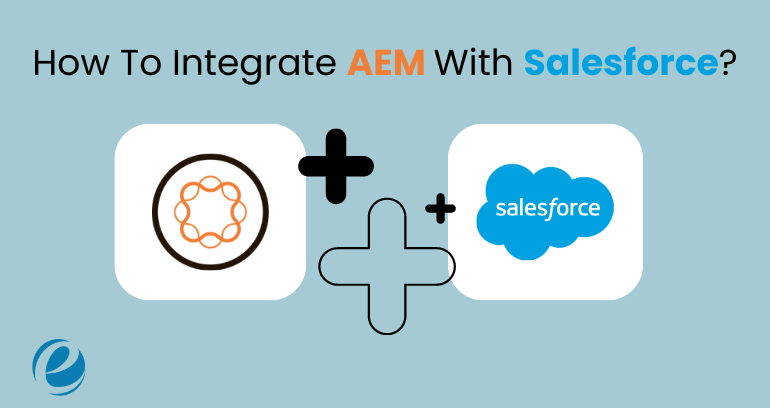
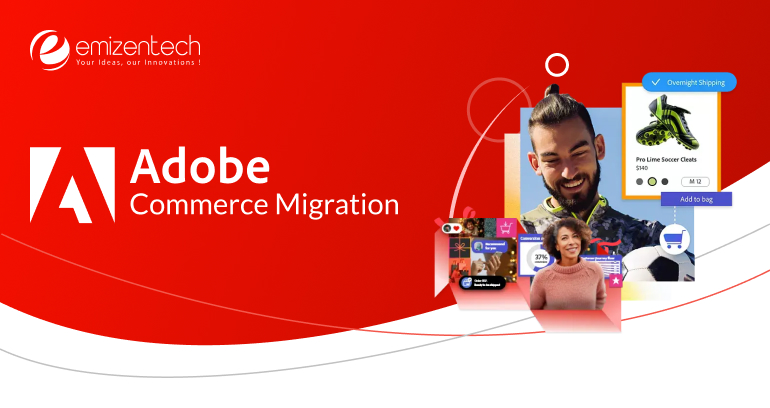
 USA
USA UK
UK